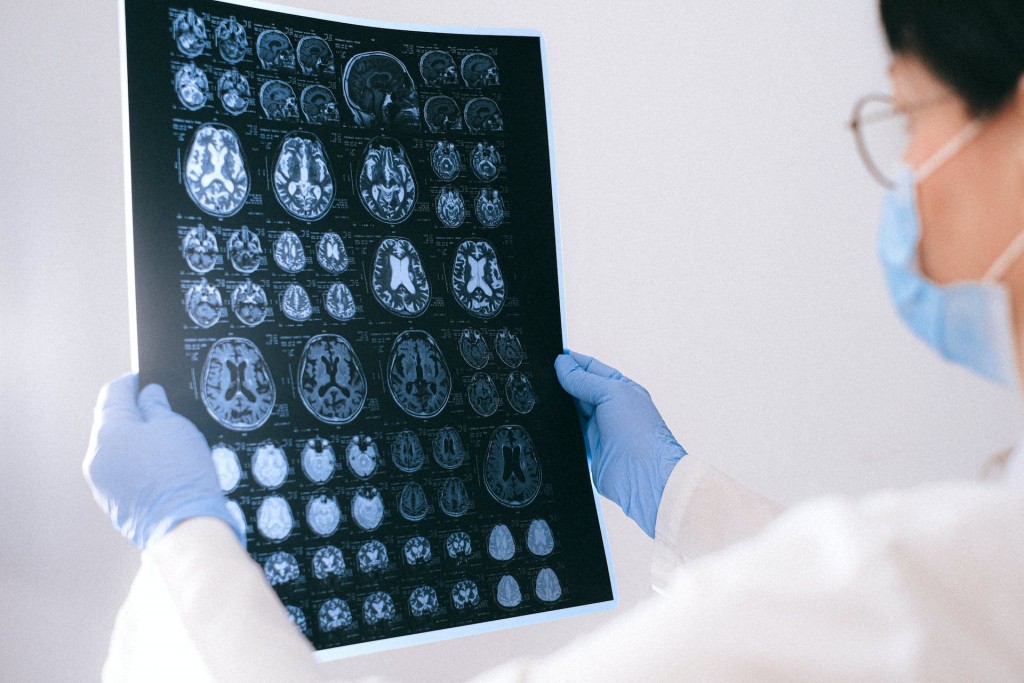06/02/2024
New indicators for the early diagnosis of Alzheimer’s have been identified
A URV-IISPV research group has found an association between the presence of a group of molecules in the blood and the development of Alzheimer’s

A URV-IISPV research group has found an association between the presence of a group of molecules in the blood and the development of Alzheimer’s
A research team from the URV group Nutrition and Metabolic Health has identified a group of molecules which may help to improve the process of diagnosing Alzheimer’s. The small non-coding RNA molecules can regulate the functioning of some genes and they have been detected in individuals in the sample at most risk of developing the disease. Published in the journal Cell & Bioscience, the results of this research are an important step towards producing devices that enable this neurodegenerative disease to be diagnosed when the symptoms are still minor.
Alzheimer’s is a degenerative and terminal disease that has no cure, and normally, is diagnosed in people of more than 65 years old. In the first stages, the characteristic symptom is memory loss. As the disease progresses, confusion, irritability, mood changes and loss of sensitivity start to appear. Eventually, vital functions decay and, ultimately, cause the patient’s death. According to the World Health Organisation, Alzheimer’s is the most common form of dementia – it is diagnosed in more than sixty out of one hundred cases of dementia patients – and it is estimated that it has an annual economic impact of almost 1,200 million euros worldwide.
The research team has used blood samples from 192 people with mild cognitive deterioration. That is to say, they have cognitive and memory problems and are at risk of developing Alzheimer’s. They are all users of the ACE Alzheimer Center Barcelona. The results have identified 15 molecules of small non-coding RNA that are present in 85% of participants at a high risk of developing the disease. This means that the most vulnerable patients can now be diagnosed years in advance. These molecules are short nucleotide chains which cannot encode a protein even though they contain genetic information. Instead, they activate or deactivate other RNA molecules that do have the ability to do so.

“The small non-codified RNA molecules, in conjunction with traditional methods, have the potential to improve Alzheimer predictions and its early diagnosis”, explains Laia Gutérrez-Tordera, a pre-doctoral researcher at the URV-IISPV and main author of the research. Nowadays, Alzheimer’s is diagnosed on the basis of clinical symptoms, complemented with neurological imaging tests – such as magnetic resonance imaging – and the analysis of cerebrospinal fluid removed by lumbar puncture, an invasive and uncomfortable procedure. Adding RNA analysis to the diagnosis techniques will improve the patient’s experience and reduce the use of invasive methods. A better understanding of the role of these molecules in the early stages of the disease can also help to design new preventive and therapeutic strategies that delay the progression of the disease and improve the life quality of patients.
This study is part of a project funded by the Carlos III Health Institute and led by the professor of the URV’s Department of Biochemistry and Biotechnology and director of the research centre Tecnatox, Mònica Bulló, with the assistance of researchers from IISPV and CIBERObn.
Reference: Gutierrez-Tordera, L., Papandreou, C., Novau-Ferré, N. et al. Exploring small non-coding RNAs as blood-based biomarkers to predict Alzheimer’s disease. Cell Biosci 14, 8 (2024). https://doi.org/10.1186/s13578-023-01190-5
